America’s legendary Abrams won’t cut it by 2040, new report concludes
- By Alex Hollings
Share This Article
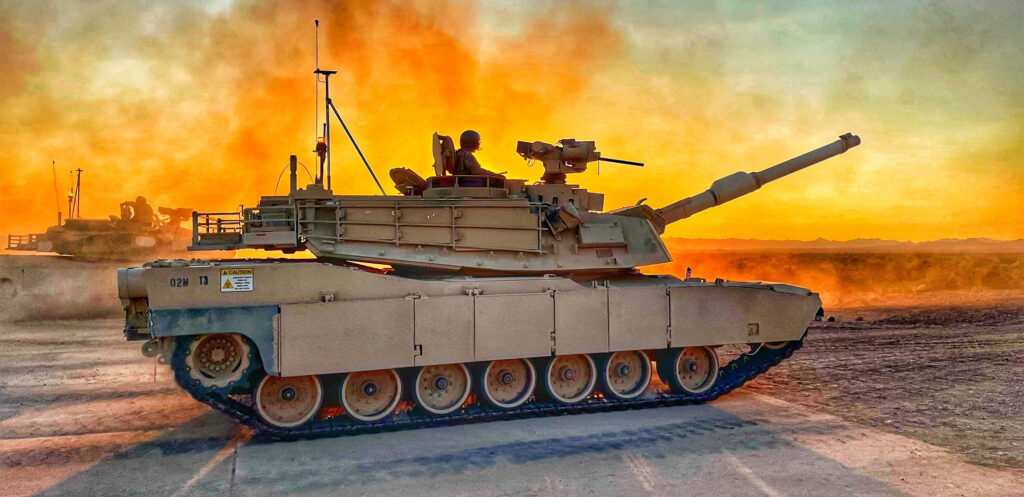
A new report published by the Army Science Board has concluded that America’s venerable M1 Abrams main battle tanks are too dated to maintain a competitive edge against neer-peer opponents like China in the decades to come.
Last month, the first batch of American M1 Abrams tanks arrived in Ukraine to help support the nation’s ongoing counter-offensive against Russian invading forces. Despite the relatively few number of Abrams tanks committed to Ukraine (31), the mere presence of America’s now-legendary armored warhorse echoed through the corridors of media outlets and drew a torrent of memes on social media.
Although Ukraine doesn’t yet have enough American tanks to equip a single complete tank battalion, the Abrams’ mere arrival – and the subsequent fanfare it received – even prompted senior Russian officials to issue a statement acknowledging that they were “serious weapons,” but denouncing the effect any one weapon could have on the battlefield.
The birth of a legend
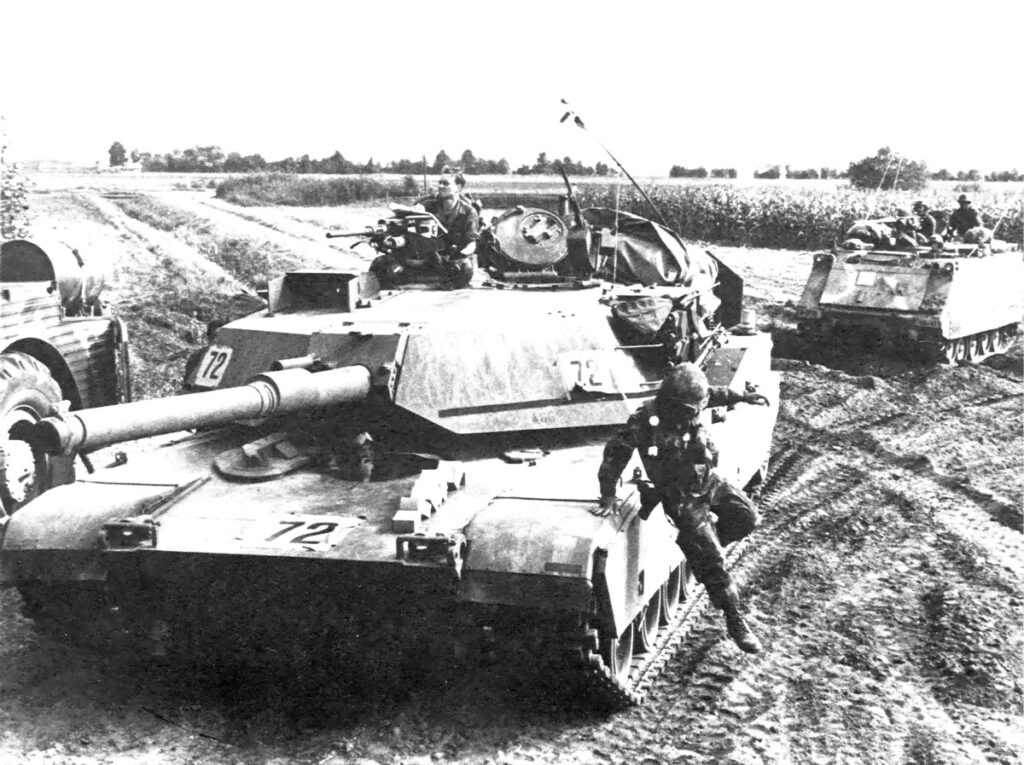
In a way, Ukraine now finds itself in precisely the fight the Abrams was designed to dominate. The nearly 70-ton behemoths Ukraine received began their development cycle in the 1970s when Soviet tanks, like the T-72, had a seemingly clear technological advantage over America’s M60 Patton tanks. By the time they entered service in 1980, the Abrams were considered among the best tanks in the world, and the Abrams family would keep that distinction through multiple subsequent upgrade efforts. The first was the M1A1, which began production in 1985 (these are the versions Ukraine received). By 1992, the United States moved on to the M1A2, and earlier this year, the United States announced plans to do away with its intended iterative improvement on the M1A2 in favor of a more complete overhaul to be known as the M1A3.
Today’s most modern in-service Abrams tanks, the M1A2 SepV3s, come with a long list of significant improvements over the early M1s of the 1980s. The original 105mm gun is swapped out in favor of a larger and more broadly capable 120mm one. Its classified armor makeup and active self-defense measures, electronics and communications suite, powerpack and suspension, combat optics, and more have all seen significant overhauls. The result is a tank that looks a lot like the ones that rolled off the assembly line in 1979, but fights like something far more modern and advanced.
But upgrades and improvements can only take a platform so far, and each added system, capability, sensor, or weapon adds weight to the already massive and fuel-hungry machine. Today, America’s fleet of some 2,500 M1 Abrams tanks may represent the most potent mix of armor and firepower you could find on the planet today… but not even the mighty Abrams could slow the rapid pace of technology.
And according to the U.S. Army Science Board’s study, which was conducted between 2019 and August 2023, the Abrams’ reign is quickly coming to an end.
Related: Inflatable tanks and artillery: A WWII trend reappears in Ukraine
The Abrams may be a winner today, but it’ll be a loser by 2040
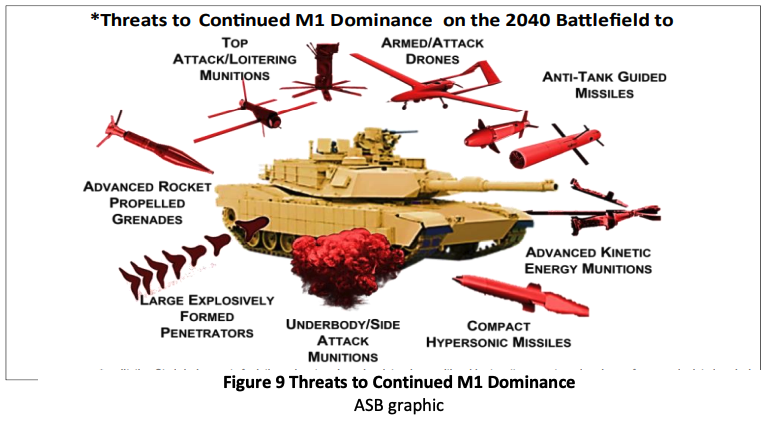
Despite ongoing updates and upgrades, the Army Science Board concluded that the now-43-year-old Abrams just can’t keep pace with the rapidly changing modern battlefield.
“Based on our findings, The M1 Abrams will not dominate the 2040 battlefield. All of the M1’s advantages in mobility, firepower, and protection are at risk. The M1A2 SEP V3&4 upgrades will improve effectiveness but will not restore dominance,” the Army report concludes.
But the problem extends beyond the changing face of technology. The United States has used the Abrams in combat operations for the last three decades. This has offered adversary nations a great deal of insight into the platform’s capabilities, the changes made to it over the years, and even the doctrine that dictates how these tanks are leveraged in combat.
The ability of America’s adversaries to plan their operations, train their troops, and design new weapon systems with this intelligence in hand grants them an edge in a future conflict that’s exacerbated by the ubiquitous nature of modern drones and other sensors that provide greater battlefield awareness than ever.
“Near transparency in all domains will significantly increase the lethality our forces will experience. China and Russia have studied our forces and doctrine and are fielding countermeasures. We will continue to have to fight outnumbered, exacerbated by a low [Main Battle Tank] operational readiness rate and an aging fleet,” the report reads.
Related: 300 million bullets and counting: America’s military aid to Ukraine
The Army needs smaller, lighter tanks – and drone wingmen like the Air Force
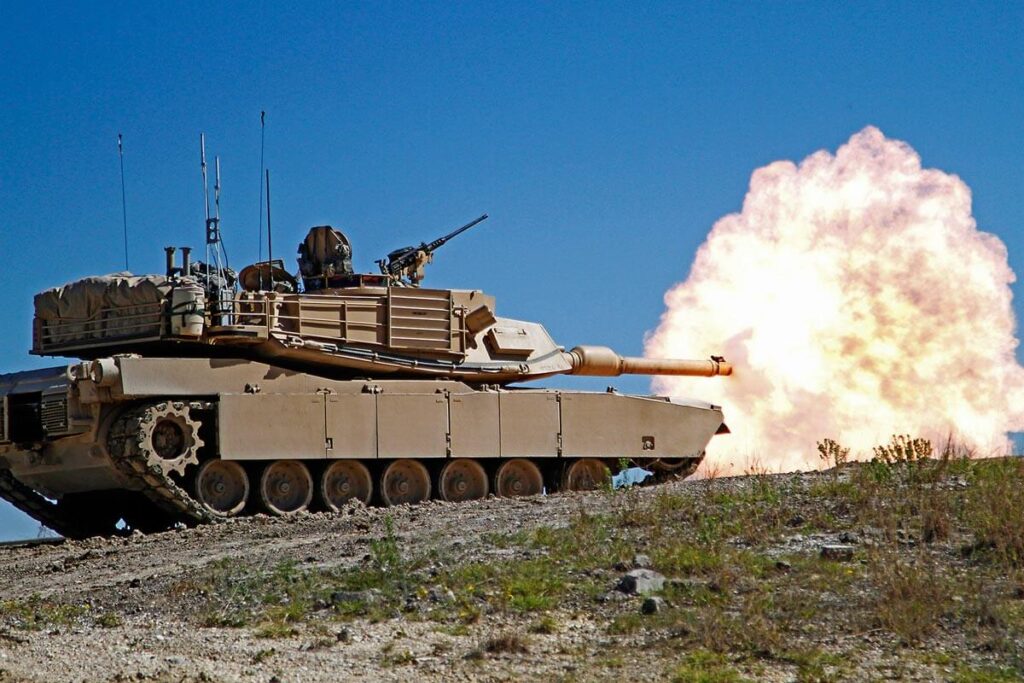
When the first M1 Abrams entered service, it weighed in at a hefty 60 tons. Today’s most modern M1A2 SEPv3 can tip the scales to as high as 78 tons, marking a nearly 20-ton weight gain over its service life. This alone poses a significant problem, pushing the limits of the platform’s chassis and having a negative impact on maneuverability. But the weight problem isn’t limited to the battlefield. The Abrams’ massive dimensions also constrain America’s air and sealift capacity, making it exceedingly difficult to deliver these massive tanks in large numbers to the far-flung battlespaces of the Pacific.
“All agree that the M1 at 70 tons or greater is not tactically, operationally, or strategically mobile. It is therefore important to explore the feasibility of significant weight reduction in a next-generation MBT without compromising its protection specifically and operational capability generally,” the report explains.
The Science Board does not offer any concrete solutions to this problem but does pose some suggestions. Among the more prominent ones is fielding an M1-based tank replacement that weighs between 55 and 60 tons, which they argue could be possible by leveraging increased automation to reduce crew requirements and reducing armor by leveraging more active defense measures (like softkill weapon guidance jammers and hard kill kinetic interceptors or explosives).
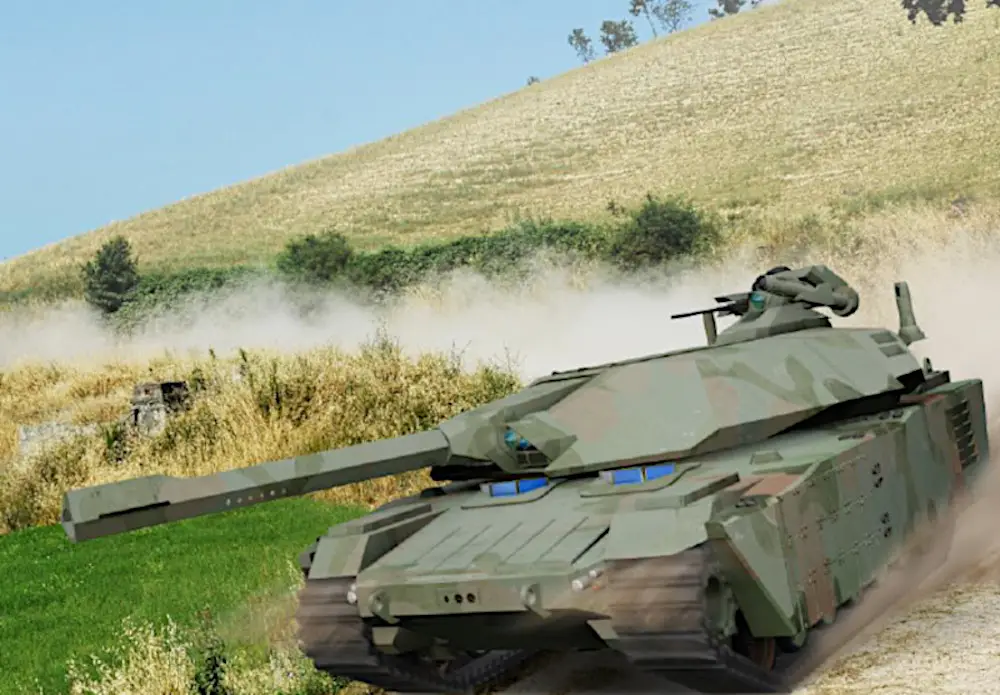
That increased automation could be most appreciable in the turret, where the Science Board envisions an autoloader with remotely operated and more modernized weapons. They even float the idea of transitioning away from a main gun in favor of the ability to launch a bevy of anti-tank missiles.
In order to reduce the mass of hardware being shipped across the Pacific, they suggest this new tank operate with similar but smaller and uncrewed armored platforms, not too dissimilar from the Air Force’s Loyal Wingman concept of having its most modern fighters fly alongside a constellation of AI-enabled drone wingmen.
Interestingly, some of these ideas can already be found in the futuristic AbramsX concept General Dynamics pitched last year as a hypothetical replacement for today’s Abrams.
Ultimately, this report highlights more problems than it offers solutions. Yet, the Army does not appear to have been resting on its laurels waiting for the report’s conclusions. Instead, it recently began purchases of the M10 Booker, which the branch has been careful not to call a “light tank,” but that could eventually be modified for such duties. And some contend the decision to move away from the M1A2 SEPv4 upgrade is a signal that the Army is going to be moving forward with a larger departure from previous designs than such an upgrade would allow.
Read more from Sandboxx News
- NATO members are spending big on defense because of Russia – but one non-NATO member is doing the most
- These are the 5 most underrated Army jobs
- America’s new precision strike missile has China in its crosshairs
- How serious are ‘War Thunder’s’ classified document leaks?
- Complete the mission or follow the rules? Air Force tests AI in flight experiment
Related Posts
Sandboxx News Merch
-

‘AirPower’ Classic Hoodie
$46.00 – $48.00 Select options This product has multiple variants. The options may be chosen on the product page -

‘Sandboxx News’ Trucker Cap
$27.00 Select options This product has multiple variants. The options may be chosen on the product page -

‘Sandboxx News’ Dad Hat
$27.00 Select options This product has multiple variants. The options may be chosen on the product page

Alex Hollings
Alex Hollings is a writer, dad, and Marine veteran.
Related to: Gear & Tech
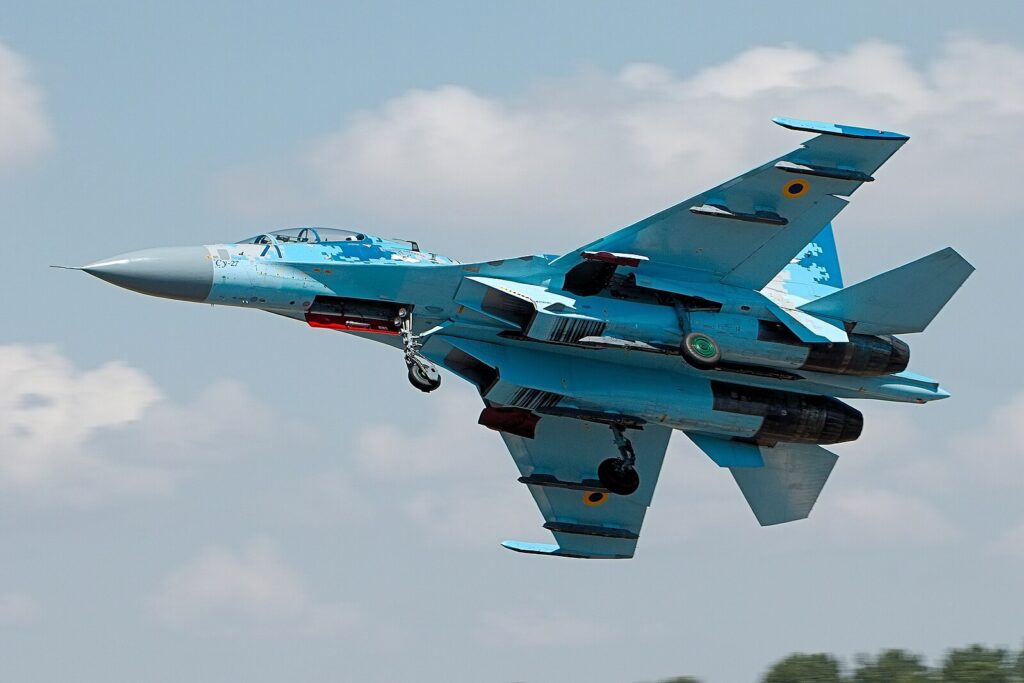
Where do NATO reporting names come from?

The A-12 Avenger II would’ve been America’s first real ‘stealth fighter’
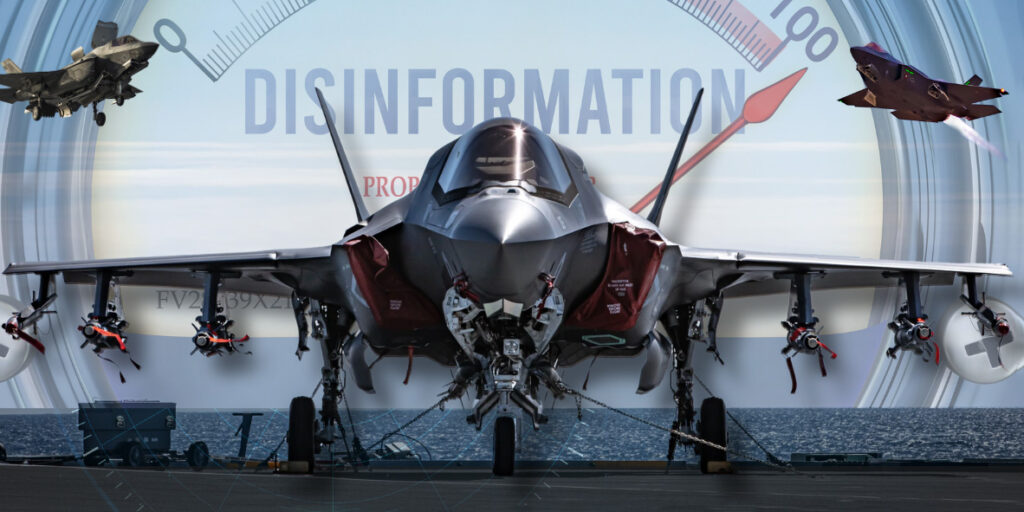
Why media coverage of the F-35 repeatedly misses the mark

It took more than stealth to make the F-117 Nighthawk a combat legend
Sandboxx News
-

‘Sandboxx News’ Trucker Cap
$27.00 Select options This product has multiple variants. The options may be chosen on the product page -

‘AirPower’ Classic Hoodie
$46.00 – $48.00 Select options This product has multiple variants. The options may be chosen on the product page -

‘AirPower’ Golf Rope Hat
$31.00 Select options This product has multiple variants. The options may be chosen on the product page -

‘Sandboxx News’ Dad Hat
$27.00 Select options This product has multiple variants. The options may be chosen on the product page
